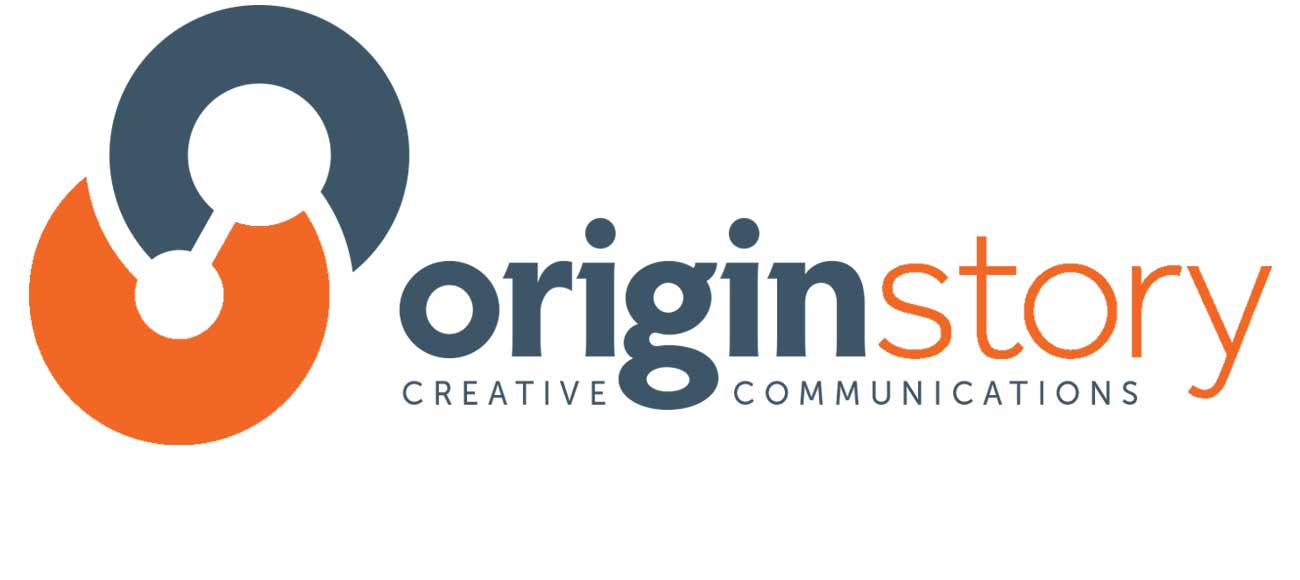Virtual Content: What I've Learned and What You Need To Know
/We’re just about a year into the COVID-19 pandemic and a lot of things are still virtual, including video content. I’ll let you in on a little secret: virtual content is here to stay. It’s going to be part of content strategies long after the pandemic is in the rear-view mirror. Here are a few of my insights after working with clients for nearly a year producing virtual content.
People’s time is valuable
Most professionals I know are working more hours, doing the job of three people, dealing with remote school, and spending large majorities of their time in virtual meetings or chats. It’s tiring, exhausting, and endlessly demanding. It drains you quick. People have to make decisions about their time and it’s hard when everything is a priority.
What does this have to do with video? If you’re going to hold a virtual event, you need to keep in mind that people are tired of virtual events! So how do you get them to come to yours? By making sure your event doesn’t feel like just another conference call. How you present that event, including the amount of polish your videos have, are part of the equation. The other part is the content itself.
Think about ways to distinguish your event from everything else. Maybe it’s having a guest speaker talk about something entirely unrelated or unexpected. Maybe it’s a virtual performer, like a DJ, band, or impersonator. Consider making the content very personalized and relatable and not so “corporate.” These are just a few ideas. Think about what’s going to make someone prioritize your event. Work the FOMO angle.
It doesn’t look or sound perfect, but presentation matters
Obviously having a professional camera crew shoot your content is going to look and sound better, and there’s always going to be cases where it’s going to be necessary, and important. Just because it doesn’t look or sound perfect doesn’t mean it can’t be better.
As with any content, it takes effort and planning to execute. There’s a big difference between just recording a Zoom chat, versus having the guests position their webcams and available lights in a more flattering way, asking concise and specific questions, and then editing that content and giving it a branded look with a graphics package that matches your style.
Do these things change the content? No, but they elevate the presentation and that helps engage people and shows effort is being made to connect with you. Why do you think product packaging and unboxing has become such an art? It’s all about the experience.
It’s here to stay
If you think everything is going back to normal after the pandemic, think again. Content development options are going to continue to expand and virtual/remote content is going to remain part of the conversation.
After a year into the pandemic, most people who didn’t have webcams now do and it makes connecting with them much easier. Remotely recording individuals from all over the world is a huge advantage. The technology is only in its infancy. Ten years from now we’re going to look back and cringe at how ancient all of our remote technology looked.
Hybrid events are going to be a big deal as well, where you have an in-person component and a virtual component. People who can’t travel to an event for whatever reason will still be able to access large portions of the experience in some way. More opportunities mean more ways to capitalize on those interested in your message.




